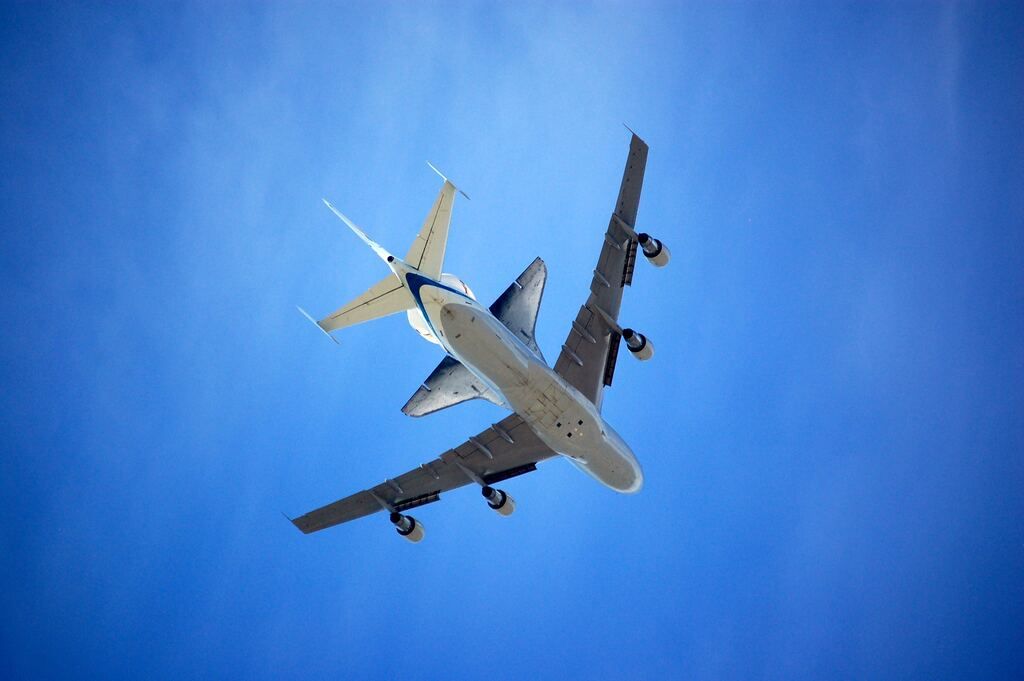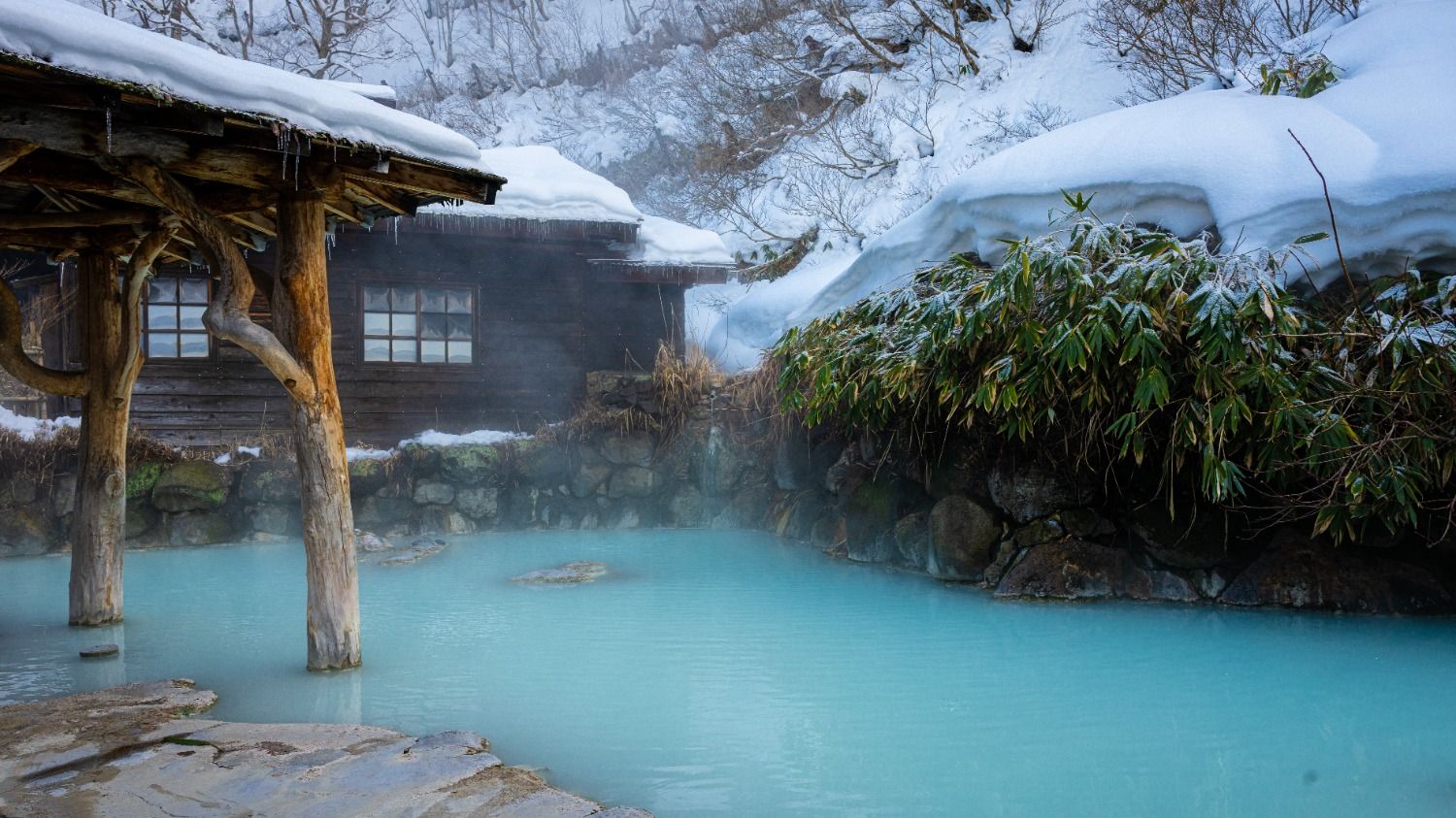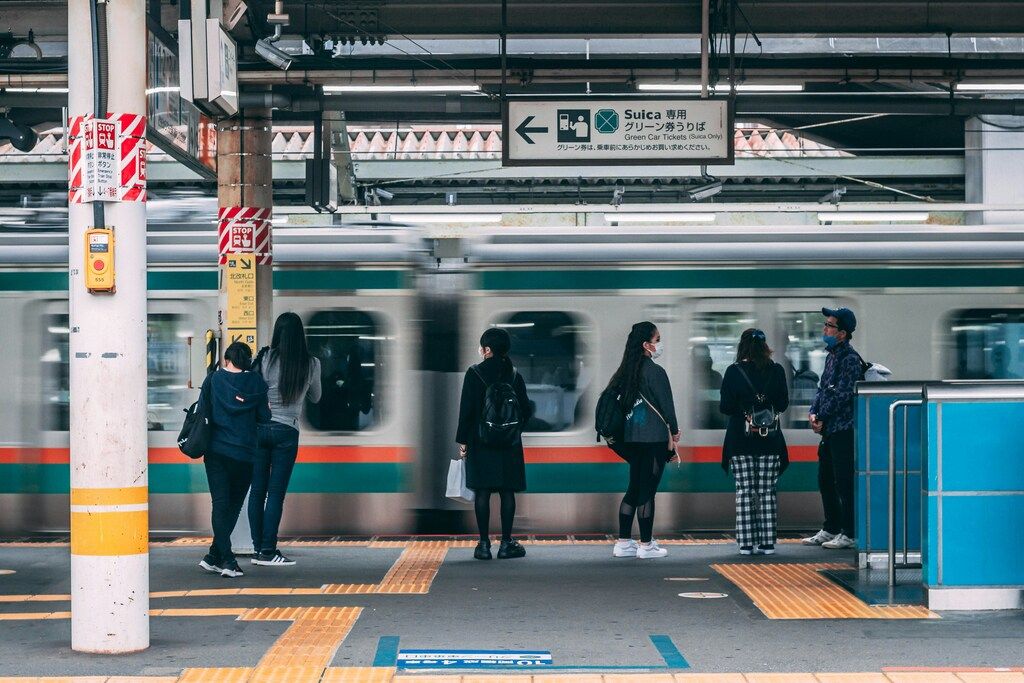

From the neon dazzle of Tokyo to the tranquil temples of Kyoto, Japan is a land of delicate etiquette, ultra-fast trains, and toilets that talk back. Amid the delightful chaos, one thing can make or break your trip: transport planning.
Enter the Japan Rail Pass—the closest thing to a golden ticket. This guide will uncover how the pass works, whether it’s still worth it after the recent price hike, and if it’s your smartest purchase or a quietly expensive indulgence. So grab a bento box and settle in—we’re about to explore Japan by train, the right way.
What is the Japan Rail Pass and how does it work?
The Japan Rail Pass (or JR Pass) is a multi-day ticket granting unlimited travel on most Japan Railways (JR) services across the country.
What’s included?
- Unlimited rides on most JR trains, including local, rapid, and limited express services.
- Travel on most Shinkansen (bullet trains). Note: The fastest services, Nozomi and Mizuho, require a supplementary ticket.
- Free seat reservations on most trains.
- Access to select JR-operated buses and the JR ferry to Miyajima Island.
- An option to upgrade to the “Green Car” (first class).
The pass is not valid on private railways or city-run subways (like the Tokyo Metro), so you’ll still need an IC card (like Suica or Pasmo) for local city transport.
How to use it?
After purchasing an Exchange Order online, you swap it for a physical ticket at a JR Exchange Office in Japan. Simply show this pass at the manned station gates. For seat reservations, use the ticket machines (with English options) or visit a JR ticket office (Midori no Madoguchi).

Is the Japan Rail Pass still worth it after the price increase?
This is the big question following the significant price increase in October 2023. Let’s do the math for 2025.
A 7-day ordinary pass costs ¥50,000. A standard round-trip Shinkansen ticket from Tokyo to Kyoto costs around ¥28,000. If you add more long-distance legs, like a trip to Hiroshima, the costs of individual tickets can easily exceed the pass price.
The Japan Rail Pass is still good value if:
- You are planning a fast-paced trip across multiple cities (e.g., Tokyo → Kyoto → Hiroshima → Tokyo).
- You want the flexibility to hop on trains spontaneously without buying a ticket each time.
- You are covering several long-distance routes back-to-back.
However, if your trip is just a simple Tokyo-Kyoto return, individual tickets will likely be cheaper.
Tip: Use the official fare calculator or accommodation-route planners to compare costs—especially useful if you’re only doing a couple of long legs and some local hops.
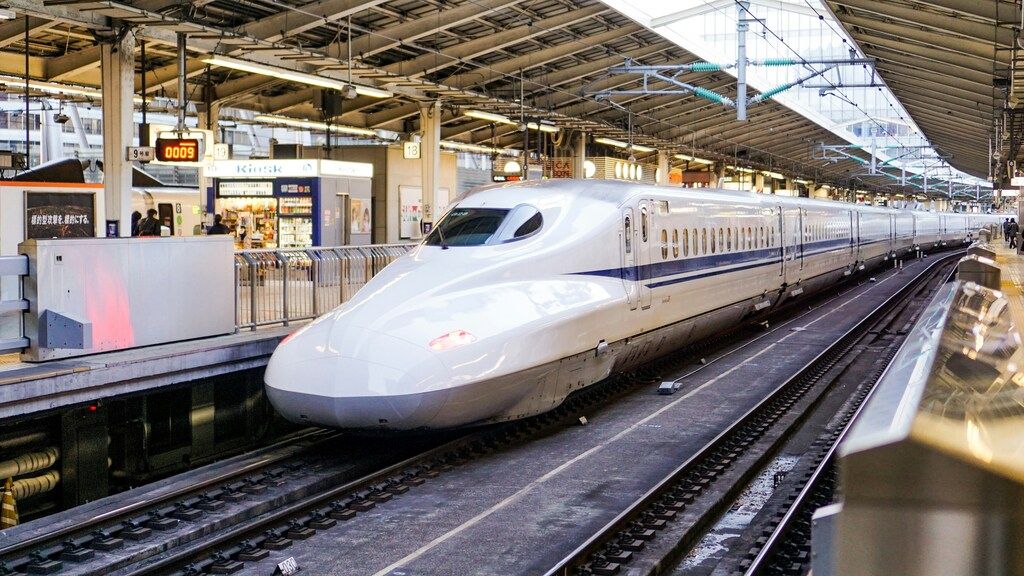
How much does the Japan Rail Pass cost and what’s included
As of 2025, the official prices on japanrailpass.net are as follows:
Standard (Ordinary) Car
- 7‑day pass: ¥50,000 (Adult), ¥25,000 (Child)
- 14‑day pass: ¥80,000, ¥40,000
- 21‑day pass: ¥100,000, ¥50,000
Green Car (First Class)
- 7‑day pass: ¥70,000
- 14‑day pass: ¥110,000
- 21‑day pass: ¥140,00
So what do you get with that?
- Unlimited travel on most JR lines, including Shinkansen with JR Pass
- Seat reservations at no extra charge (reserved online if bought via official site)
- Access to JR ferry service (e.g., Miyajima) and buses operated by the JR Group
- Discounts at partner hotels and attractions as of October 2023.
Eligibility
The pass is only available to foreign tourists entering Japan with a “Temporary Visitor” stamp in their passport. Japanese residents or other visa categories are not eligible.
How to buy the JR Pass:
- Purchase on the official Japan Rail Pass Reservation website using your passport and credit card.
- Receive an Exchange Order by post or email.
- Exchange it at a JR Exchange Office in Japan (carry your passport with the Temporary Visitor stamp).
- Some agencies still sell them overseas, but after 2025, all sales will be via the official website only.
For many travellers, the Japan train pass cost includes invaluable peace of mind—no ticket queues, easy seat reservations, and total flexibility across major routes.
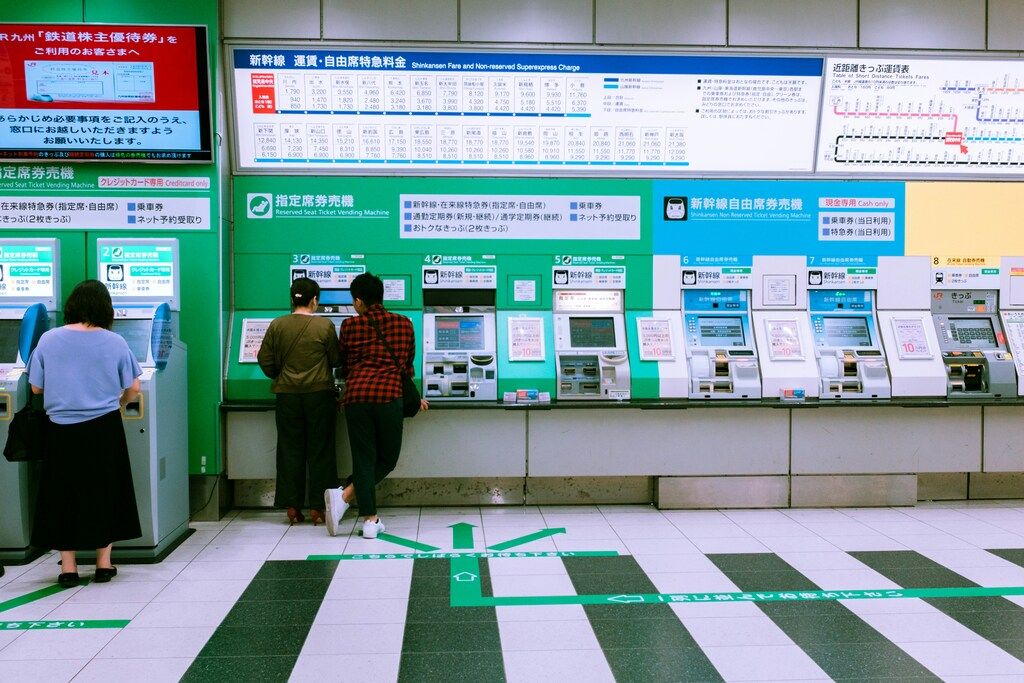
Regional Japan Rail Passes: better alternatives for slow travel
If the national pass feels like overkill, a regional pass might be a smarter, cheaper move for exploring one area in depth.
- JR Kansai Area Pass: Perfect for basing yourself in Kyoto or Osaka, with trips to Nara, Kobe, and Himeji.
- JR East Pass (Tohoku Area): Ideal for exploring northern Honshu’s lesser-known towns like Sendai and Aomori.
- JR Kyushu Pass: Unlocks southern gems like Fukuoka, Beppu, and Nagasaki, including scenic train rides.
- JR Hokkaido Pass: Made for exploring Japan’s wild north, from the cities of Sapporo and Hakodate to remote nature spots.
- JR Nagano–Niigata Area Pass: Best for mountain escapes, ski resorts like Hakuba, and onsen towns like Yudanaka (home of the snow monkeys).
- JR Hokuriku Arch Pass: Connects Tokyo and Osaka via the scenic Hokuriku coast, covering Kanazawa and Toyama.
- JR Sanyo–San’in Area Pass: Great for heading west of Osaka to explore coastal towns, sand dunes, and historical sites with fewer tourists, like Okayama, Hiroshima, and Tottori.
These passes are often cheaper, offer flexible usage (e.g., any 5 days within a 14-day period), and sometimes include access to the Nozomi/Mizuho trains.
Tips to make the most of your Pass
- Activate your pass strategically: Start it on the day your long-distance travel begins, not while you’re still exploring one city.
- Make seat reservations: It’s free and highly recommended for busy routes like Tokyo–Kyoto. Use the ticket machines or visit a JR ticket office.
- Use a travel planning app: NAVITIME and Jorudan are excellent English-language apps for finding JR Pass-friendly routes and schedules.
- Pair it with an IC card: Use a Suica, Pasmo, or ICOCA card for non-JR transport like city subways and buses.
- Use station lockers and luggage forwarding: Store your bags in coin lockers at major stations or use a service like Yamato (Kuroneko) to send your suitcase ahead to your next hotel.
Destinations you can reach with your JR Pass
- Tokyo to Kyoto: A rite of passage for any visitor. The Tokaido Shinkansen whisks you between the modern capital and the ancient one in just over 2 hours. Window seat tip: Sit on the right side heading south for a potential glimpse of Mount Fuji.
- Hiroshima and Miyajima: Take the Sanyo Shinkansen to Hiroshima. From there, your pass also covers the JR ferry to Miyajima Island, home of the iconic “floating” torii gate.
- Exploring Hokkaido: Use the Shinkansen to reach Japan’s northernmost island, a paradise of wide-open landscapes, volcanic lakes, and snowy adventures.
Want more ideas on what to explore? Check out this guide on what to see in Japan for culture-rich spots, scenic gems and unforgettable stops.

Make sure you’ve got everything ready before applying for your Japan Rail Pass
If you are planning long-distance, multi-city travel and value freedom and flexibility, then yes, the Japan Rail Pass is still an excellent choice, even after the price increase. It turns complex travel planning into a seamless, stress-free experience.
Now that you’ve got the inside track (literally), it’s time to put the plan into motion. Book your flights, outline your dream itinerary, and make sure your pass aligns with your travel days. And if you’re keen on something even more enriching than solo sprints between cities, you might want to consider an organized group trip to Japan. It takes all the hassle out of logistics while giving you the space and freedom to explore—with a side of new friendships and unforgettable moments. Riding the rails in Japan isn’t just about the destination—it’s about how you get there.
To make the most of your adventure, take a look at our seasonal guide on when to visit Japan, you might just discover the perfect month to match your vibe.

